Featured Comment:
“This past summer, I met my nephew and his family in Nagoya for the July Grand Sumo Tournament. We visited the original Yamachan in Sakae. Yamachan’s tebasaki are indeed a standout and frankly addictive. Your recipe is simple and brings the delicious chicken wings to life for me half way around the globe.”
– Tommy
What Are “Nagoya” Style Chicken Wings?
Nagoya is a large city in central Japan and is very close to where I live! I used to work there, so I’ve been there countless times, meaning I’ve had countless Nagoya-style wings. It’s safe to say I grew up with them.
There are many amazing “Nagoyameshi” (名古屋飯) dishes that this city is famous for. There’s miso katsu (pork cutlet with red miso sauce), miso udon, and hitsumabushi (grilled eel). Still, I have to say that one of my absolute favorites is “Nagoya Tebasaki.”
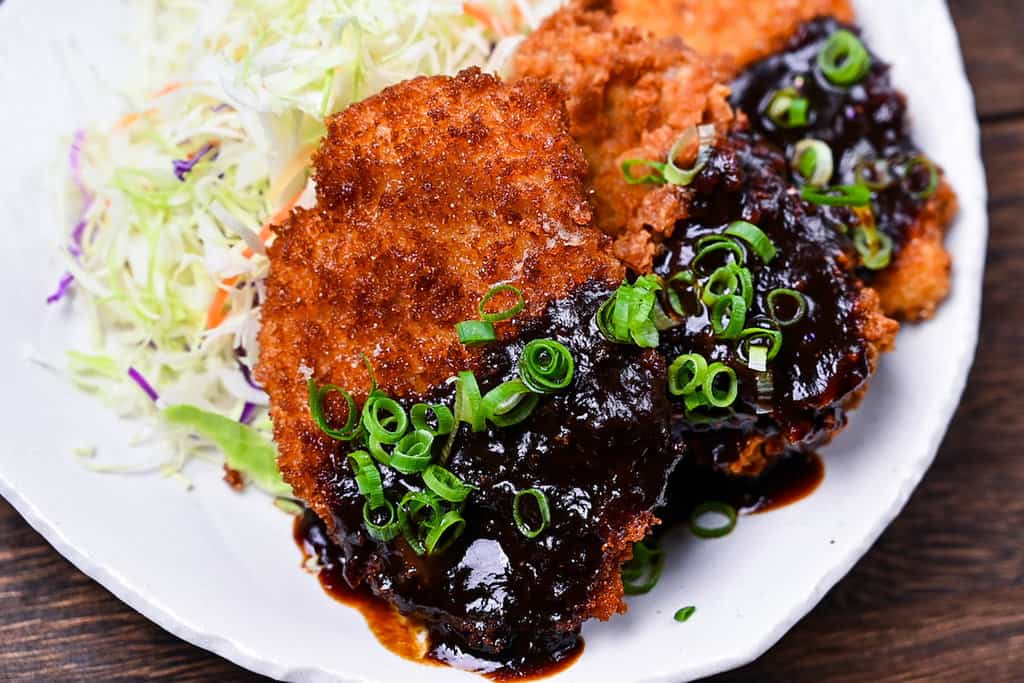
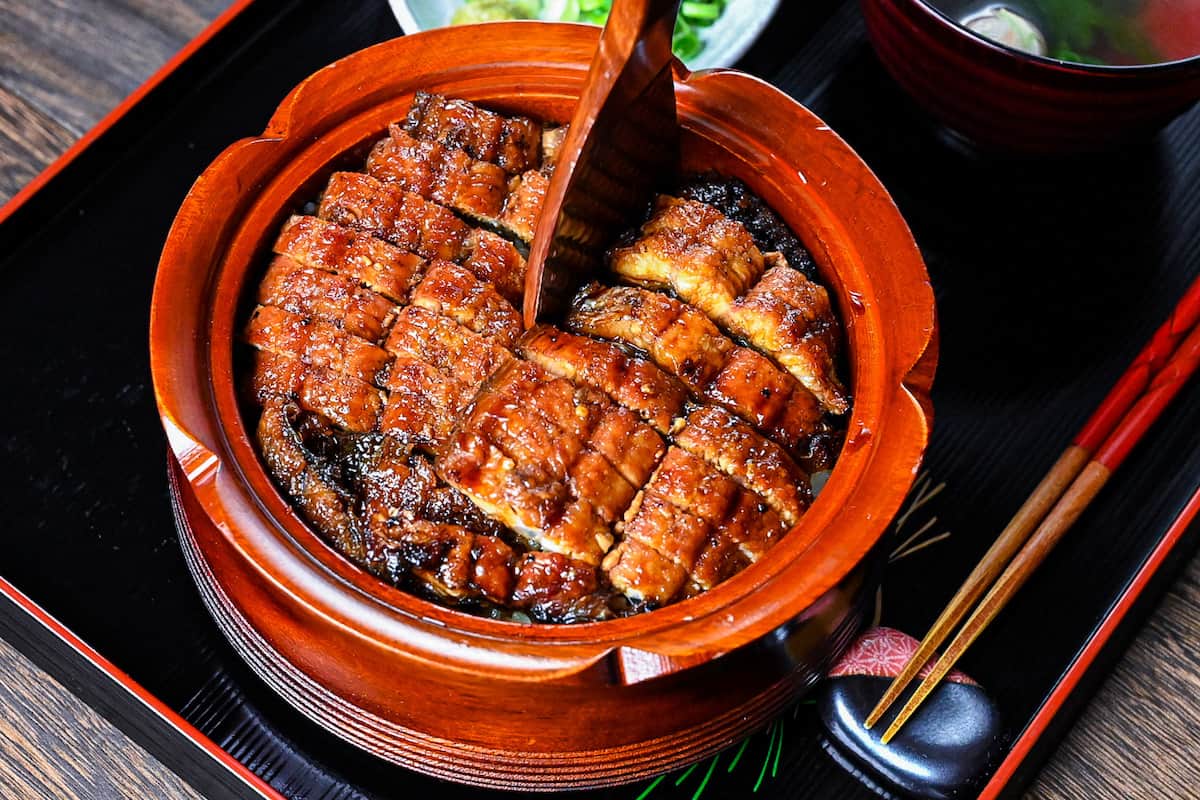
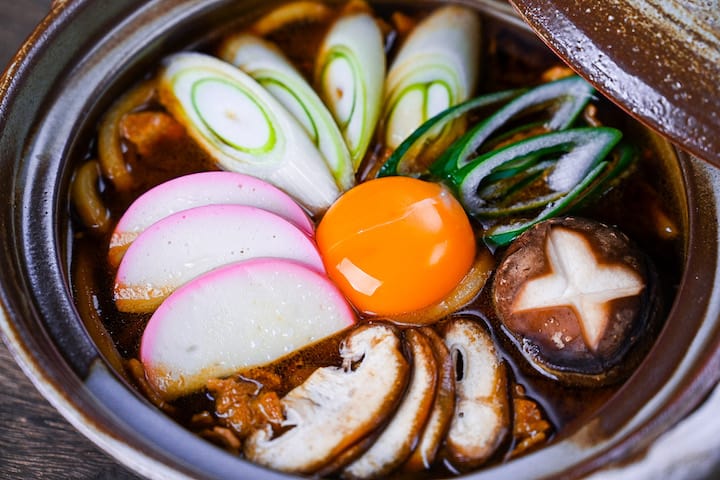
Nagoya Tebasaki (Nagoya style chicken wings) are delicious crispy deep-fried chicken wings brushed with a special glaze and then generously dusted with fine white pepper.
These Nagoya-style chicken wings are famous all over Japan. If you’ve ever been to Nagoya, I’m sure you’ve at least seen food displays of them piled up high. You’ll need a large portion because they are so delicious, I could eat them all day!
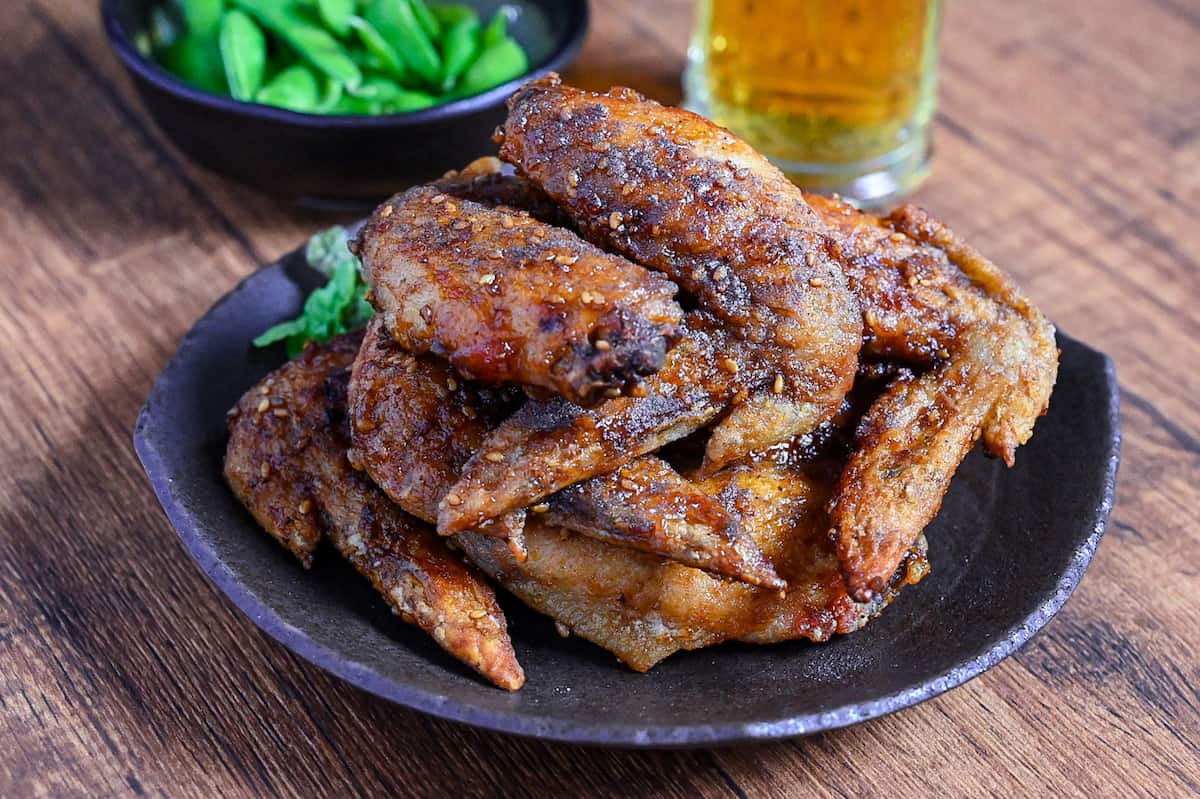
What Does “Tebasaki” Mean?
Tebasaki is the Japanese word for “wing tip” and refers to chicken wings. This dish always uses the whole wing with the bones in.
The funny thing is, as a person from this area, almost everyone is pro at eating chicken wings. We can eat them without leaving any meat on the bones. I thought it was the normal way to eat chicken wings, but apparently, this is a skill that people from this region have.
I’d say it’s a nice skill to have, though, as you would not leave any precious meat on tasty chicken wings!
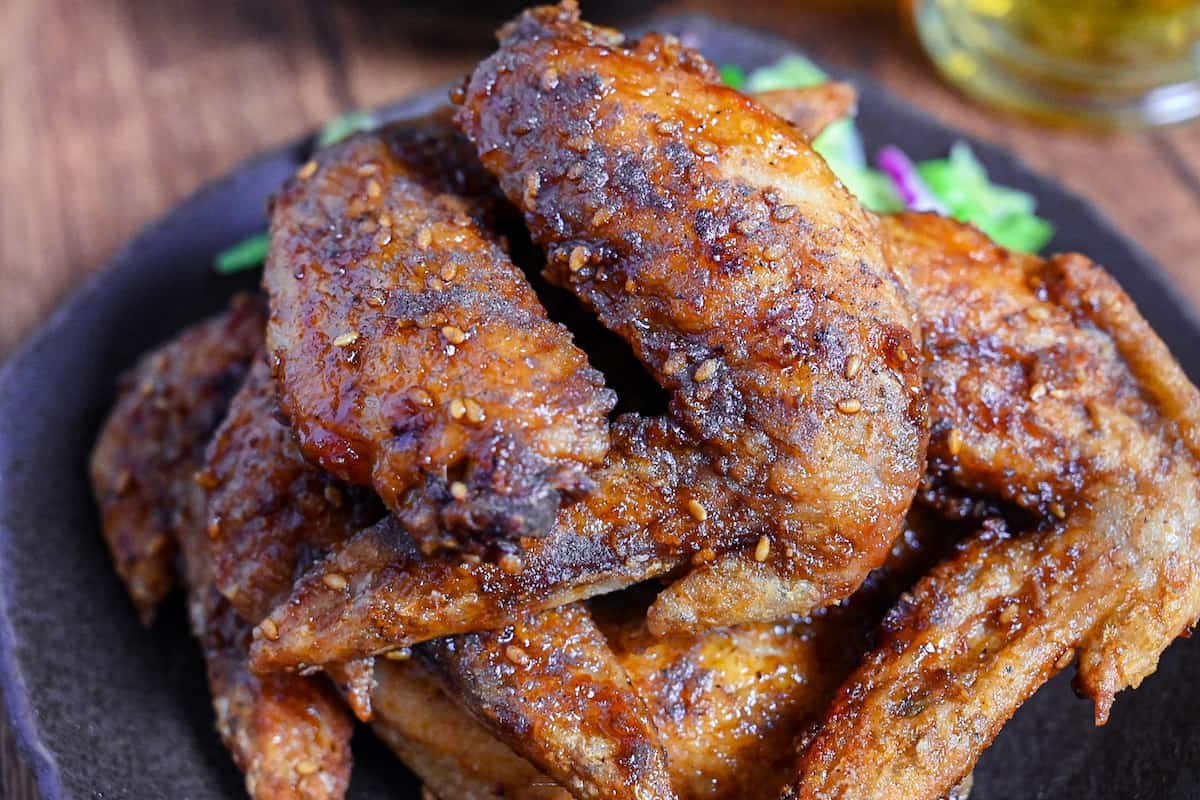
A Brief History of Nagoya-style Fried Chicken Wings
Nagoya-style fried chicken wings began in 1963 with an enterprising man named Kenko Ohtsubo. Before his move, Ohtsubo had been managing a quaint izakaya (a Japanese-style pub) in his hometown. He sparked an idea during this period, combining savory sauces with crispy fried chicken (karaage). He tirelessly experimented, tweaking and refining his sauce until he achieved the perfect balance of flavors that birthed a menu standout called “Tarzan-yaki (ターザン焼き).”
Upon his arrival in Nagoya, Ohtsubo’s Tarzan-yaki rapidly amassed a fanbase. However, one day, he found himself without the chicken for his star dish due to an unfortunate ordering error. His kitchen seemed in jeopardy, threatening the day’s service.
Just when things looked bleak, a ray of culinary inspiration struck Ohtsubo. His gaze fell upon a humble pile of chicken wings. An overlooked item usually relegated to soup broths, the wings seemed to glisten with untapped potential. A spark ignited, “Why not infuse these wings with that sauce?” he wondered.
This happy accident led to a culinary masterpiece that exceeded expectations. The innovative use of chicken wings proved delicious and economical, soon elevating the dish to the bestseller of his menu.
In this fashion, Nagoya became the epicenter of fried chicken wings. However, this success did not come without turbulence. The rise in popularity triggered what locals call the “Tebasaki Warring Period”, a flavorful chapter that would add a generous sprinkle of intrigue to Nagoya’s culinary history.
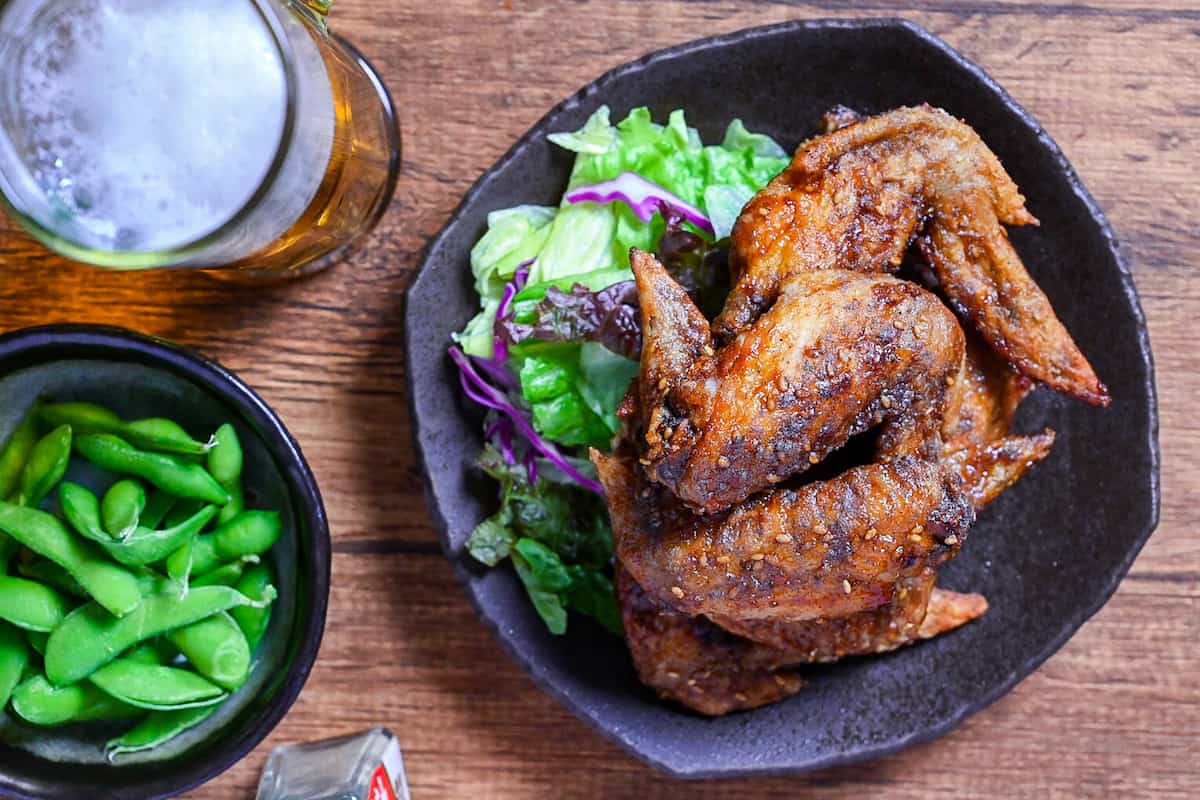
Yamachan vs Furaibo “Tebasaki War”
This region has two main Nagoya-style Tebasaki chains, Yamachan (山ちゃん) and Furaibo (風来坊). They both offer amazing chicken wings, and I recommend both.
However, the taste and style are slightly different. The history of Nagoya-style chicken wings actually came from Furaibo (Otsubo’s establishment), where the owner came up with the idea of deep frying wings that used to be used only to make broth or soup. They made the trend of “Cheap and easy karaage (fried chicken).”
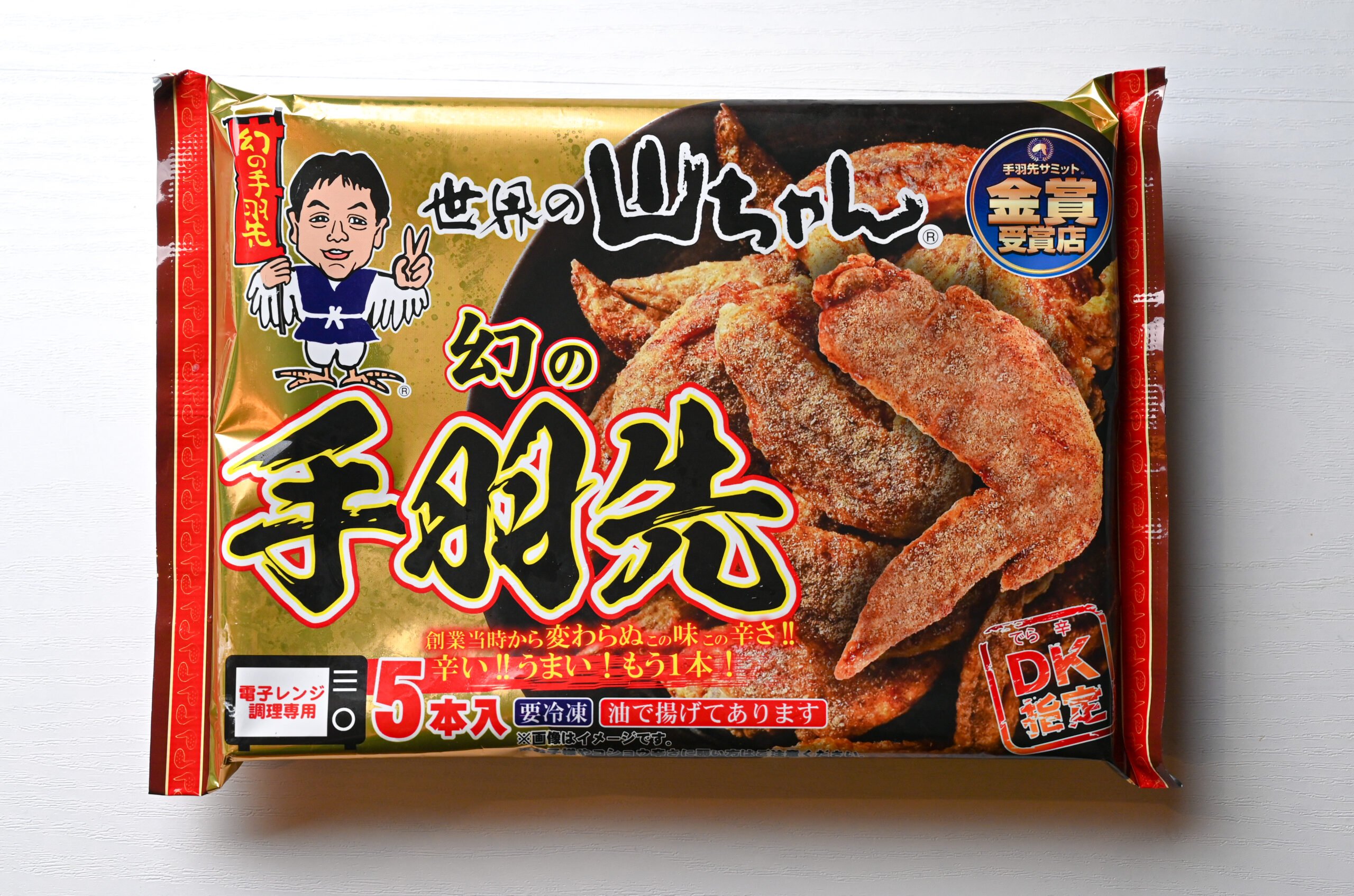
Other differences are taste and style. Yamachan’s tebasaki is a lot more peppery and spicy, whereas Furaibou’s are quite sweet, I’d say. As for the style, Yamachan uses whole chicken wings; however, Furaibo only uses the middle part of the wings. Hence, they’re smaller in size.
So who won the Tebasaki War? In the sense of spreading all across Japan, Yamachan won the war. You could easily find Yamachan outside the region, especially easy to find in Tokyo. They even expanded to Hong Kong, Thailand, Taiwan, and Malaysia!
My recipe today is more towards the Yamachan’s style! But if you have a chance to come to Nagoya, don’t forget to try historical Furaibo too! You won’t regret it!
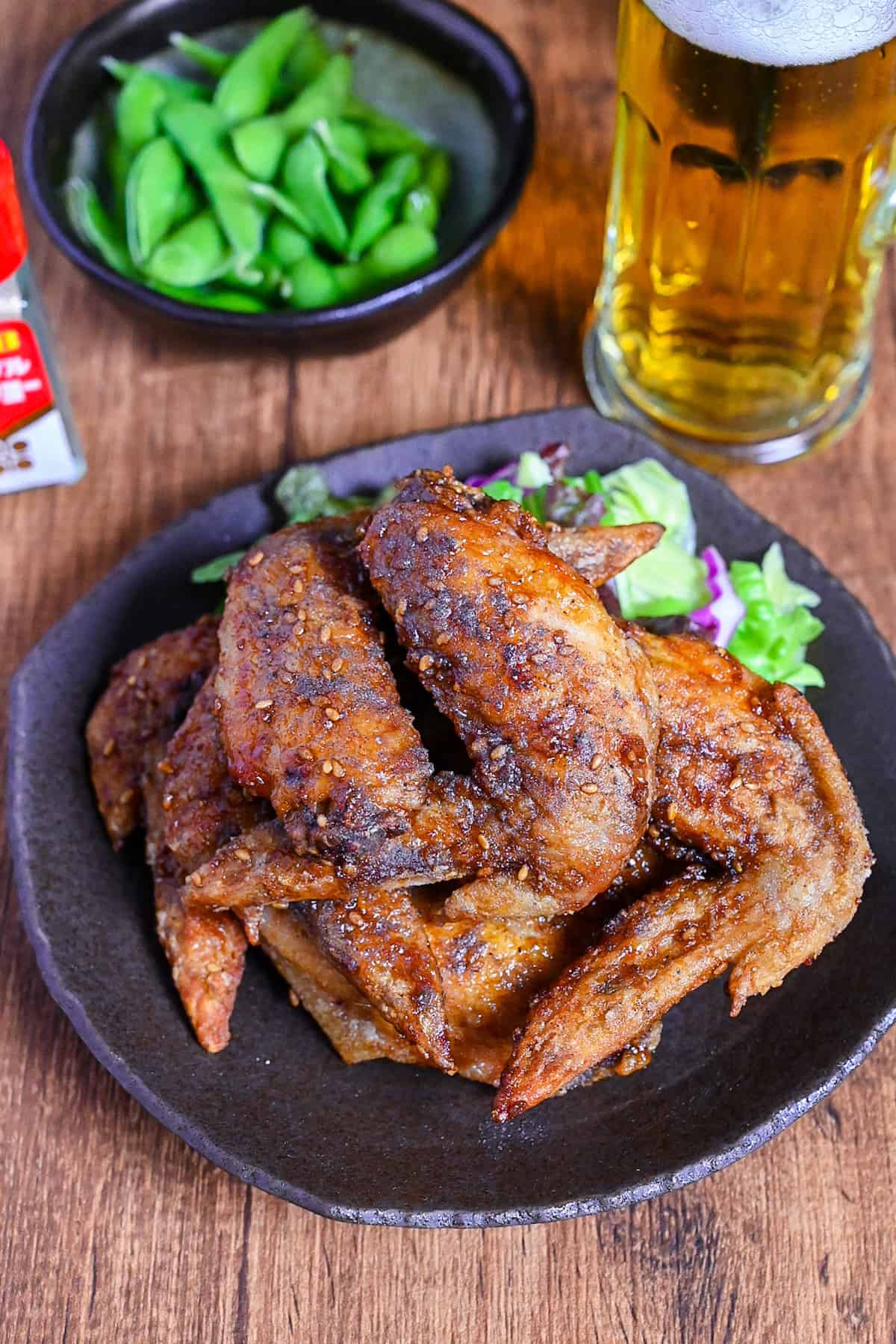
Visual Walkthrough & Tips
Here are my step-by-step instructions for how to make Yamachan-style Nagoya Chicken Wings at home. For ingredient quantities and simplified instructions, scroll down for the Printable Recipe Card below.
Add soy sauce, mirin, sake, honey, sesame seeds, and grated garlic in a small saucepan. Mix thoroughly.
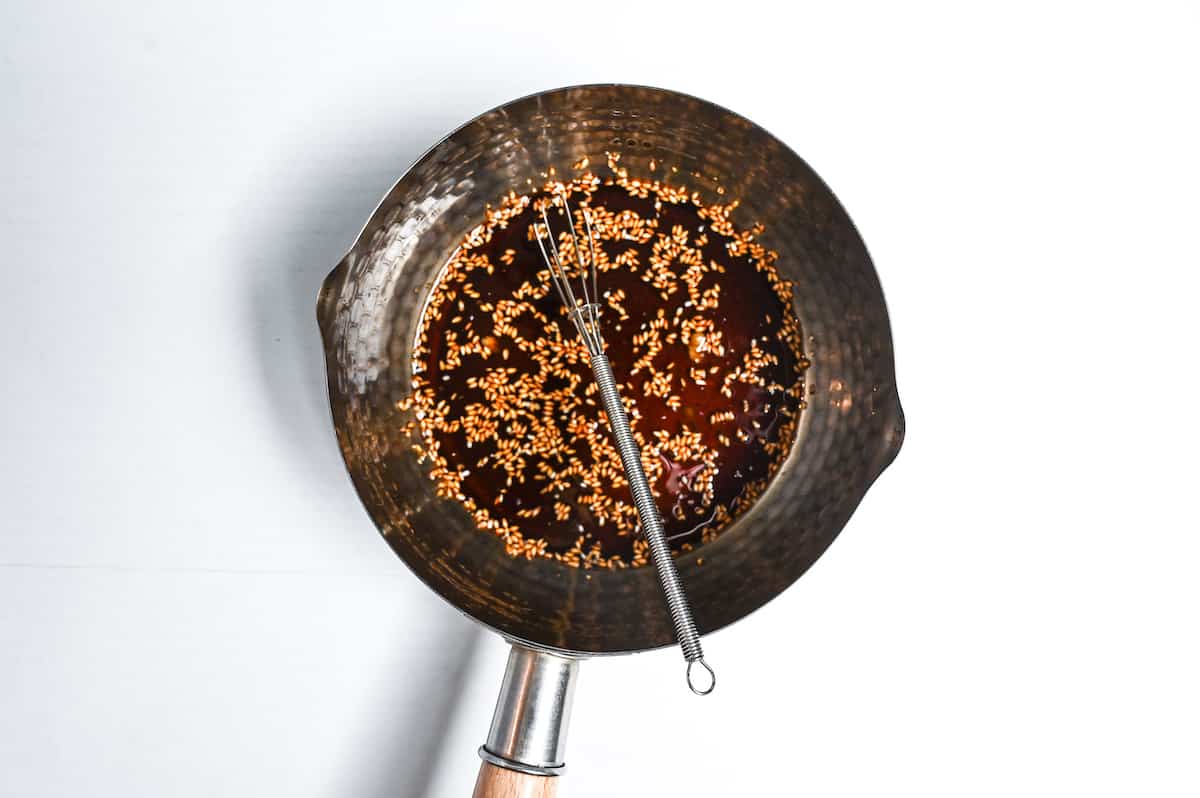
Transfer the pan to the stove and bring to a boil over medium heat.
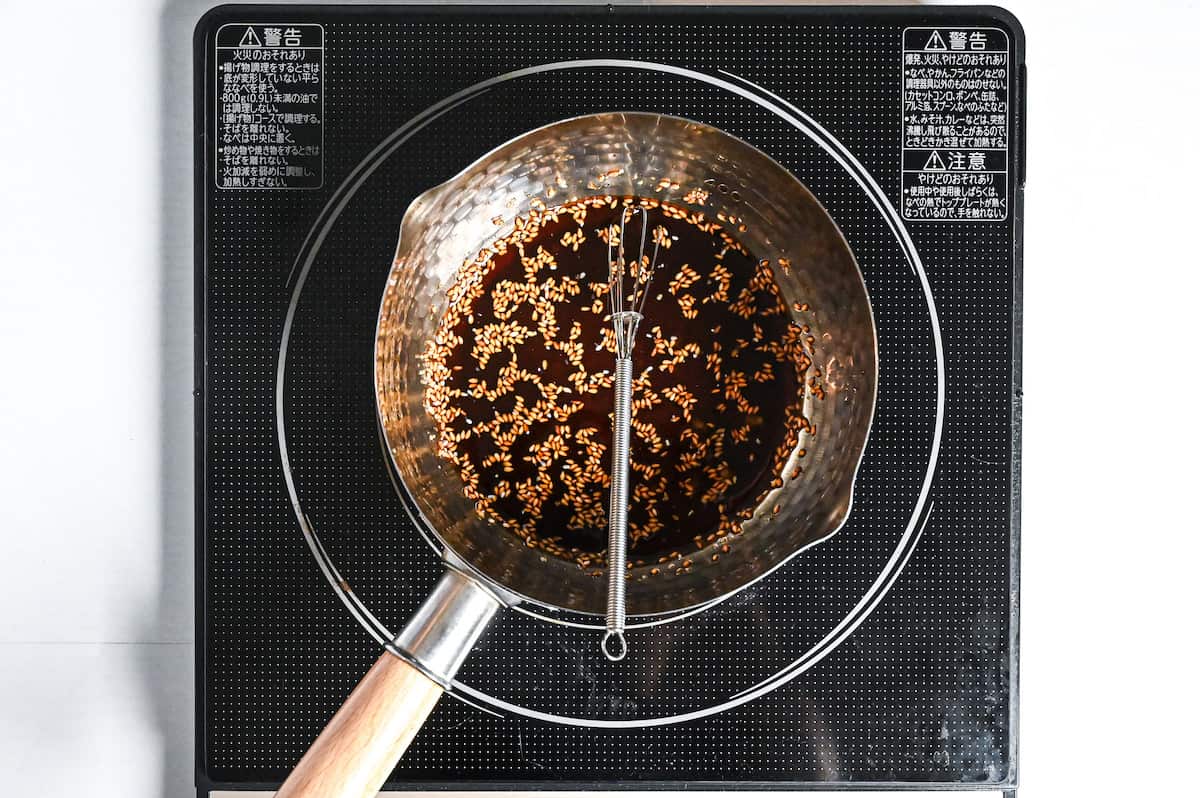
Once boiling, lower the heat and simmer until reduced by half.
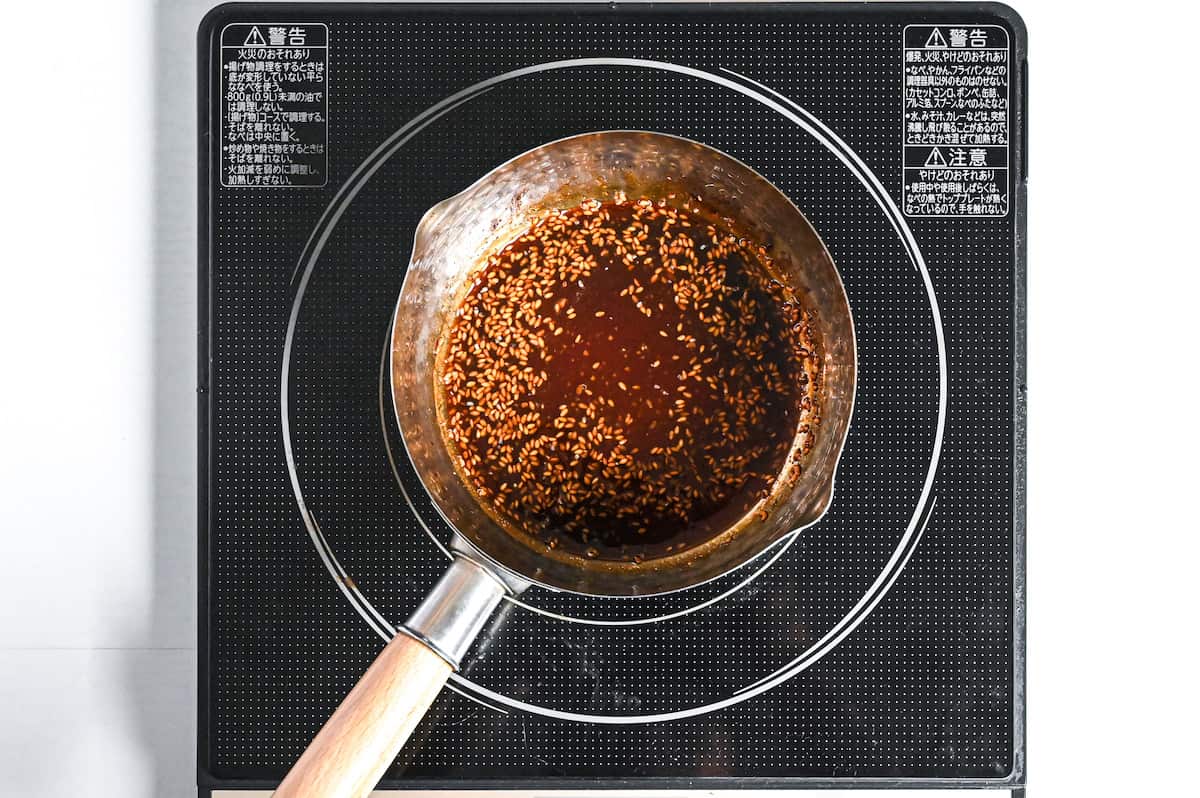
Once thickened, remove the pan from the heat and set aside for later.
Start heating your oil to 160°C (320°F). While you wait for the oil to heat up, season both sides of the chicken wings with salt and pepper.
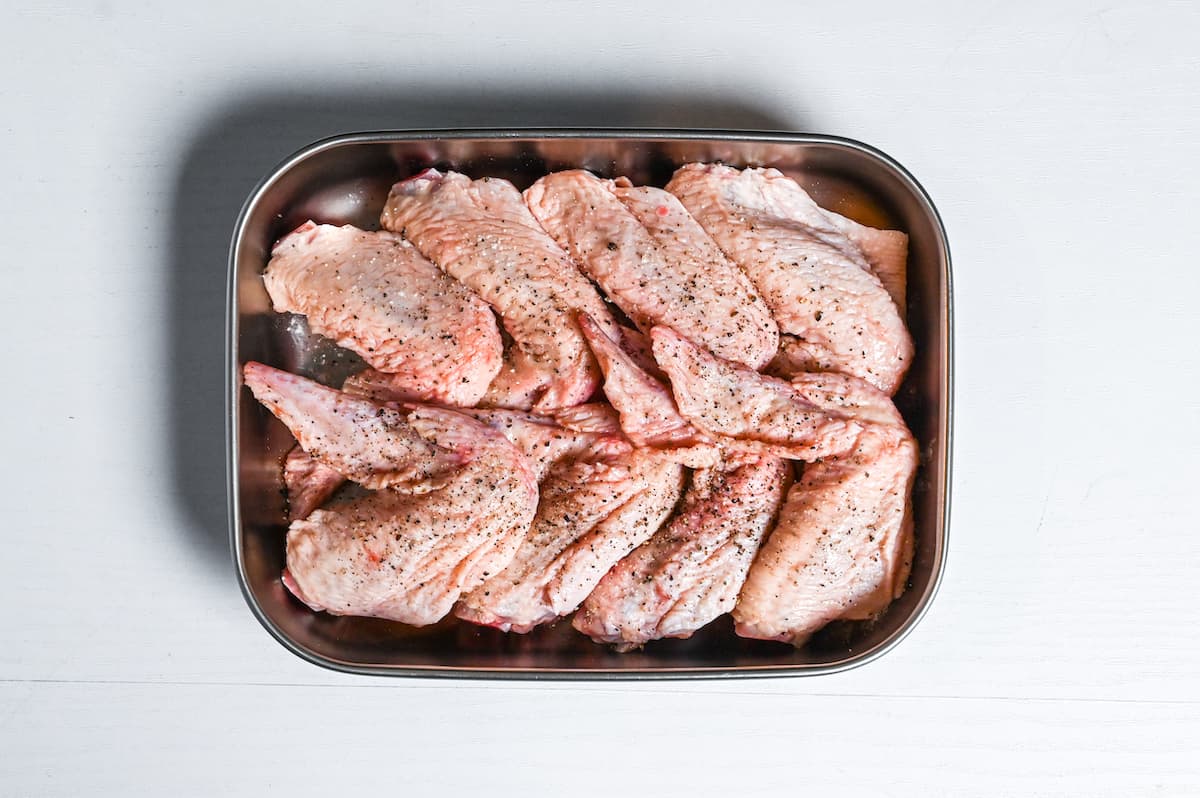
Mix cornstarch and cake flour in a small bowl, then coat the wings with a thin, even layer.
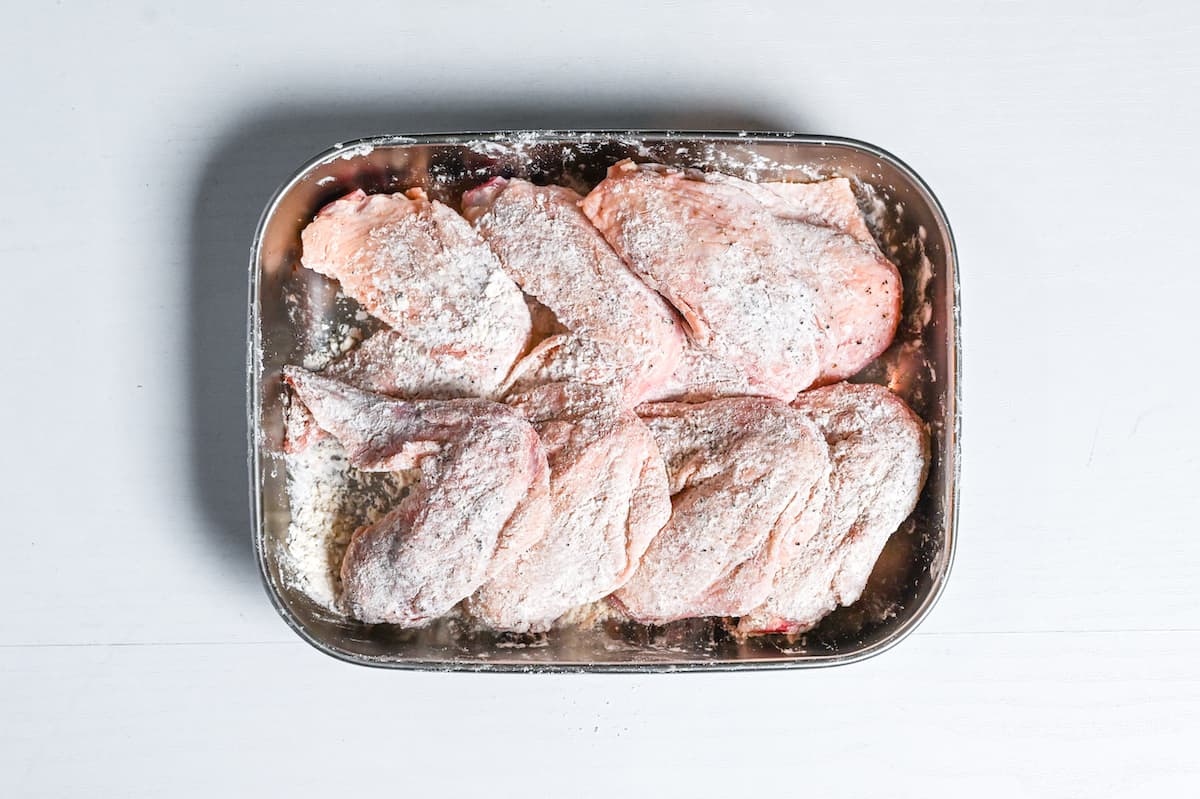
Once the oil is hot, place the chicken wings in the pan and fry for 3 minutes on each side.
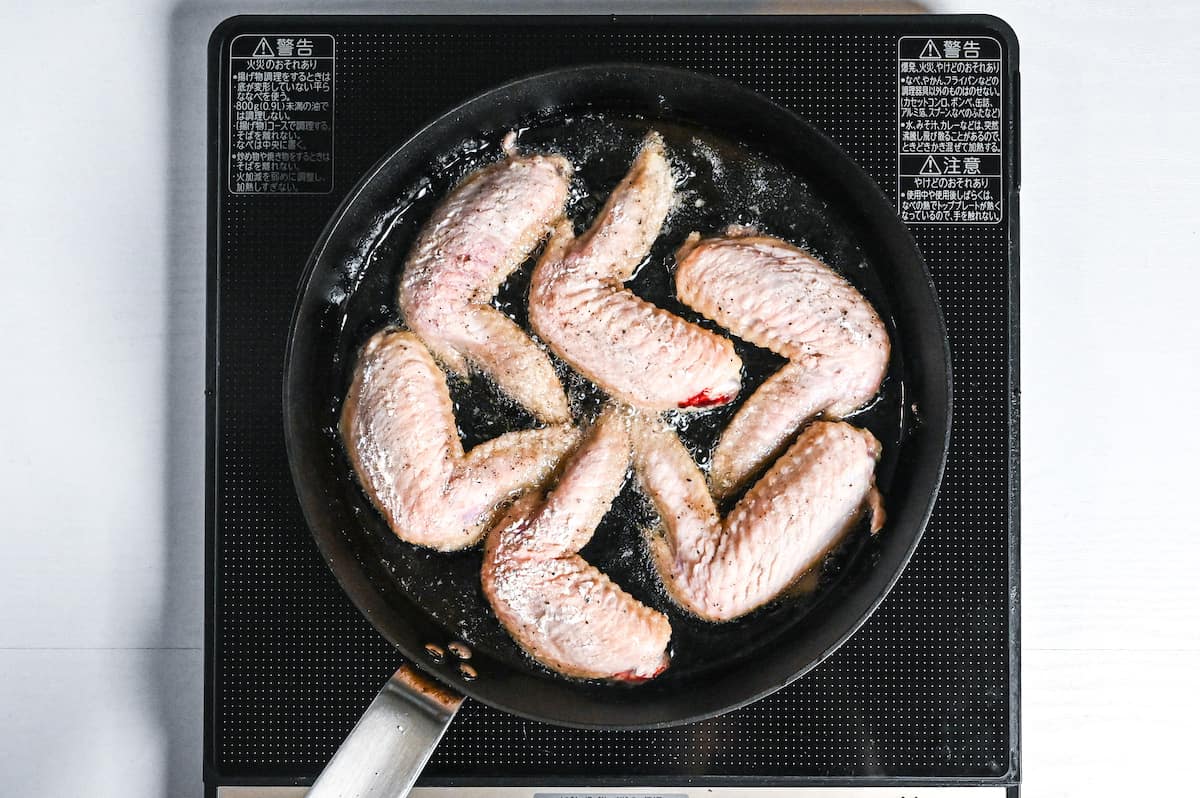
Increase the heat to 190°C (374°F) and fry for 1 minute on each side.
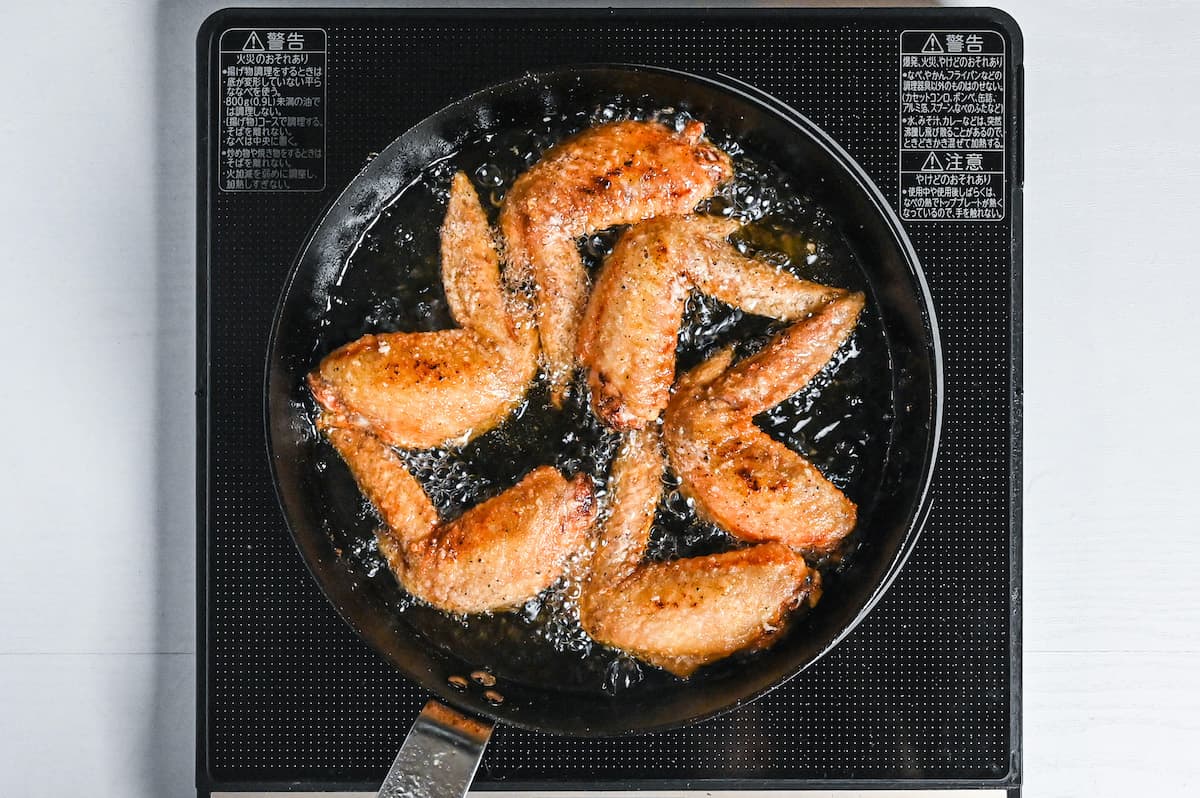
Transfer the wings to a wire rack and leave for a few minutes for the excess oil to drip off.
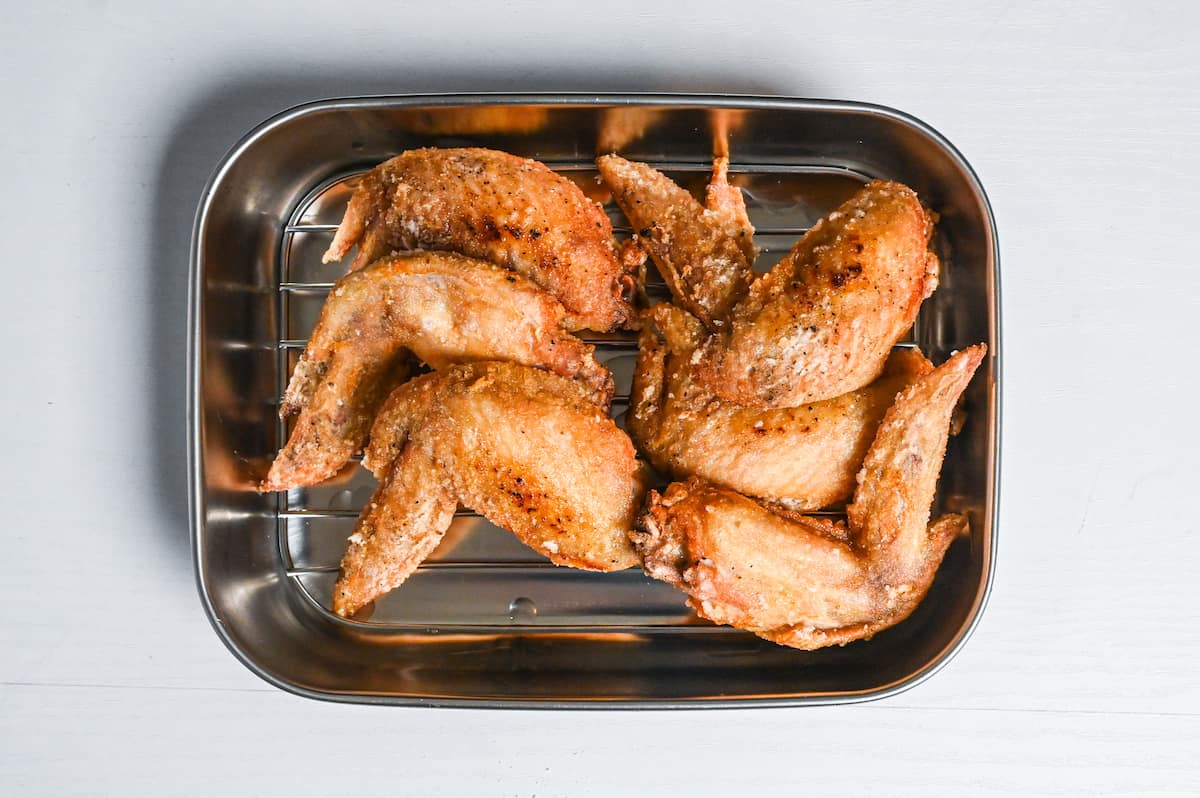
Use a pastry brush to coat the surface of the wings with the sauce.
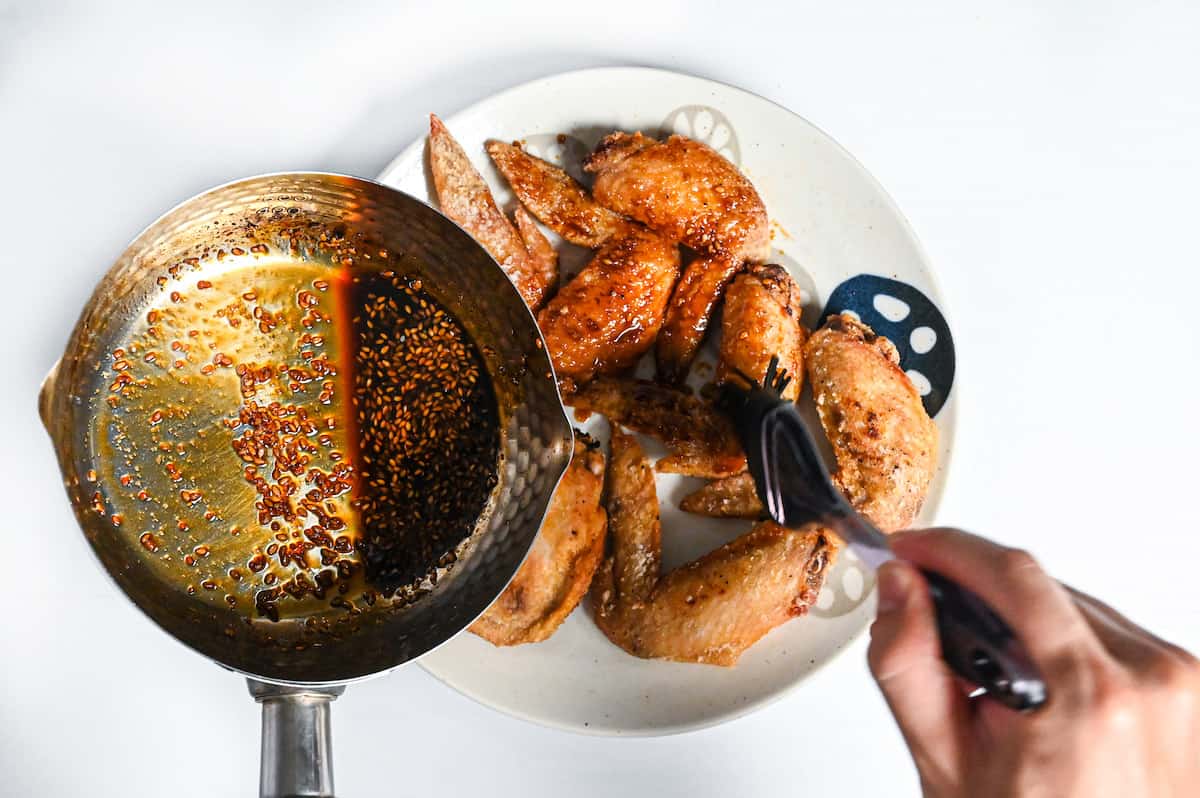
How to Store
Like other fried chicken, Nagoya-style fried chicken wings can also be frozen. If frozen while still hot, they will be watery when thawed, so it is important to drain the oil and cool them well. Check the surface temperature beforehand.
Ideally, they should also be frozen before coating them with sauce. You can apply the sauce after reheating it in the oven.
These Nagoya-style fried chicken wings can be stored in the fridge in a sealed container or ziplock bag for about 3 days and frozen for about 2 months.
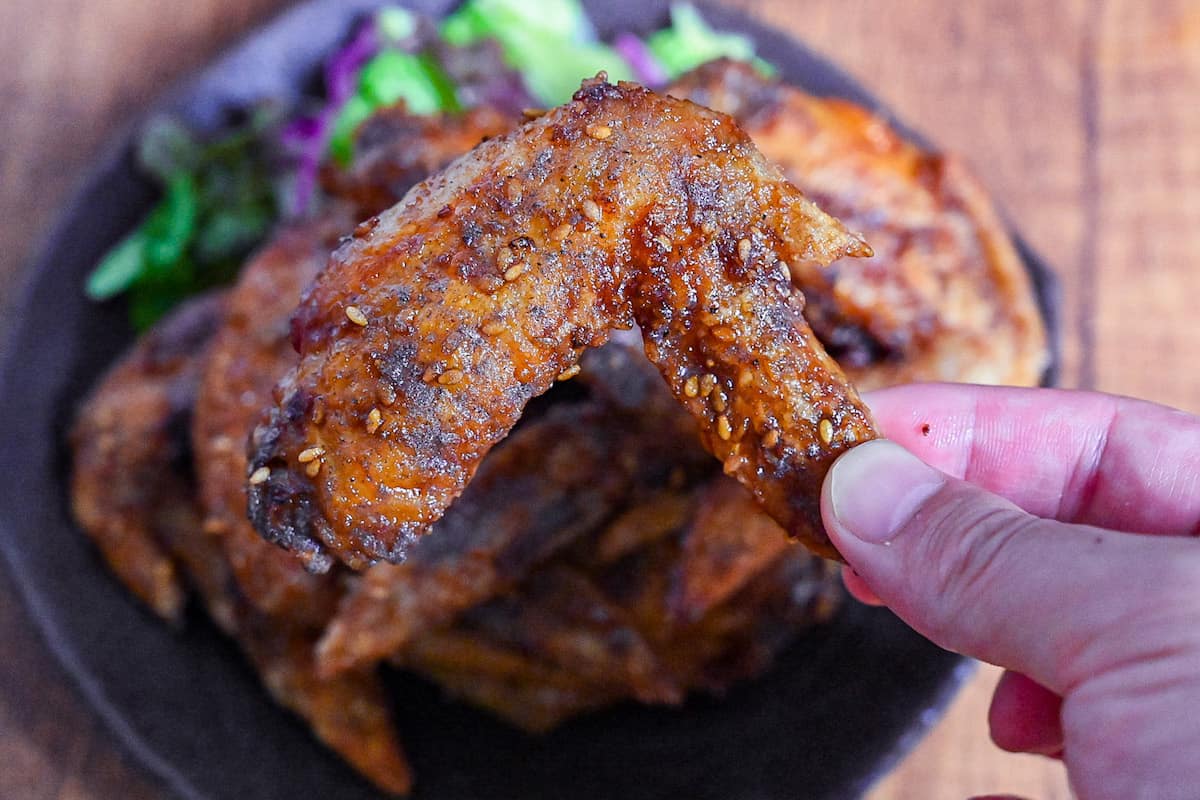
I hope you enjoy this Yamachan Chicken Wings recipe! If you try it out, I’d really appreciate it if you could spare a moment to let me know what you thought by giving a review and star rating in the comments below. It’s also helpful to share any adjustments you made to the recipe with our other readers. Thank you!
More Nagoya Recipes
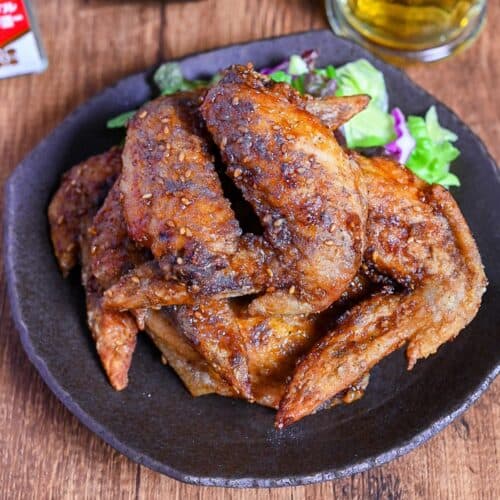
Yamachan Chicken Wings (Nagoya Style Tebasaki)
Ingredients
Wings
- 8 chicken wings
- 1 pinch salt
- 1 pinch ground black pepper
- 1 tbsp cornstarch
- 1 tbsp all-purpose flour
- cooking oil for shallow-frying
- ground white pepper for sprinkling
Sauce
- 1 clove garlic grated
- 2 tbsp Japanese soy sauce (koikuchi shoyu)
- 1 tbsp mirin
- 1 tbsp sake
- ½ tbsp honey
- ½ tbsp toasted white sesame seeds
My recommended brands of ingredients and seasonings can be found in my Japanese pantry guide.
Can’t find certain Japanese ingredients? See my substitution guide here.
Instructions
Sauce
- Add 2 tbsp Japanese soy sauce (koikuchi shoyu), 1 tbsp mirin, 1 tbsp sake, ½ tbsp honey, ½ tbsp toasted white sesame seeds and crushed 1 clove garlic into a small cold pan.

- Mix thoroughly and place the saucepan on the stove. Bring to a boil over a medium heat.

- Once boiling, turn the heat down to low and simmer. When it's reduced by half, remove the pan from the heat and set aside for later.

Wings
- Take a large frying pan and add cooking oil so its about 2cm (1 inch) high. Heat the oil to 160 °C (320 °F) (medium-low heat). I recommend using a cooking thermometer to check the temperature accurately.

- Sprinkle 8 chicken wings with 1 pinch salt and 1 pinch ground black pepper and rub them evenly over the surface.

- Coat the wings with a mixture of 1 tbsp cornstarch and 1 tbsp all-purpose flour.

- Once heated, add the chicken wings and fry for 3 minutes on each side.

- Increase the heat to 190 °C (374 °F) and fry for 1 minute on each side.

- Remove the chicken wings from the oil and place on a wire rack to allow any excess oil to drip off.

- Take the sauce from earlier and using a pastry brush, apply the sauce generously all over the surface.

- Sprinkle ground white pepper generously over both sides.

- Serve up and enjoy!
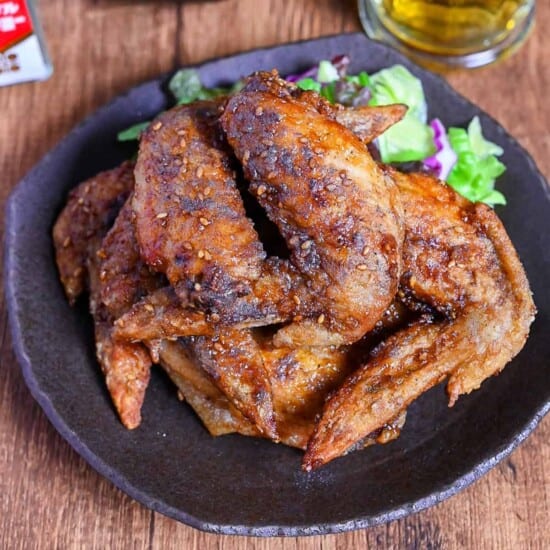



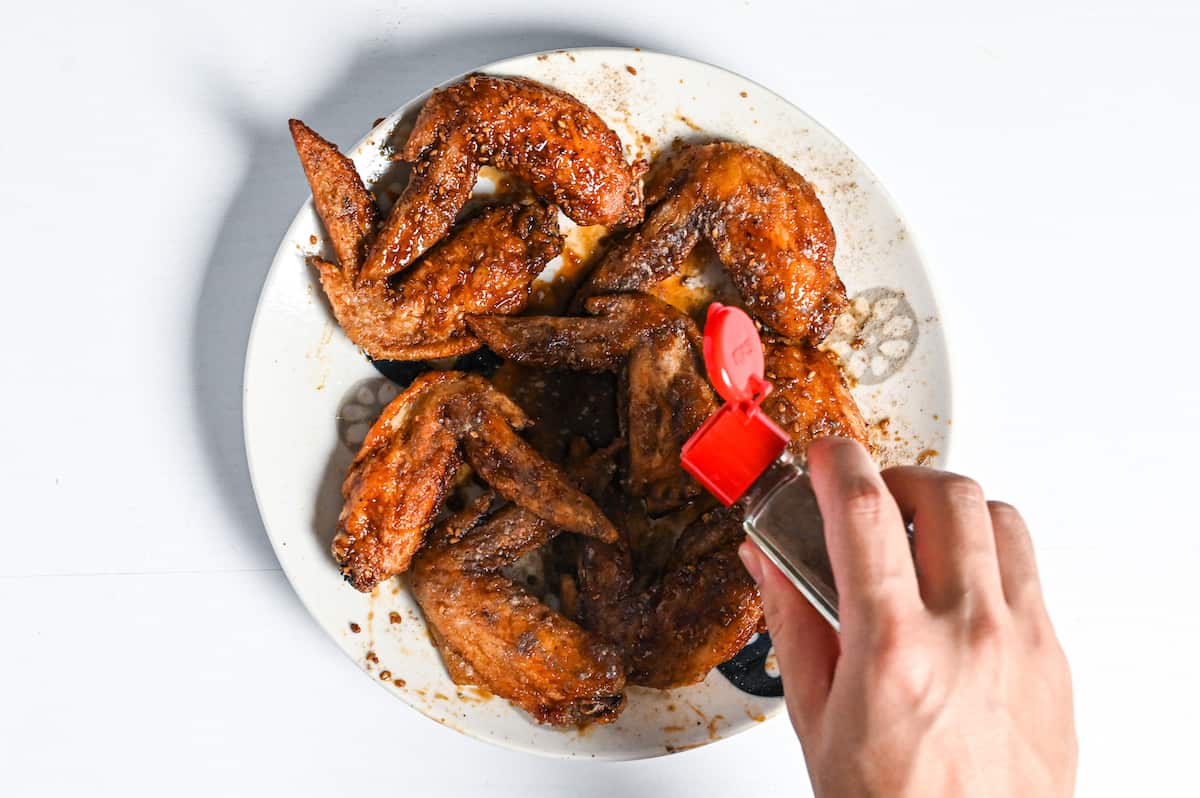
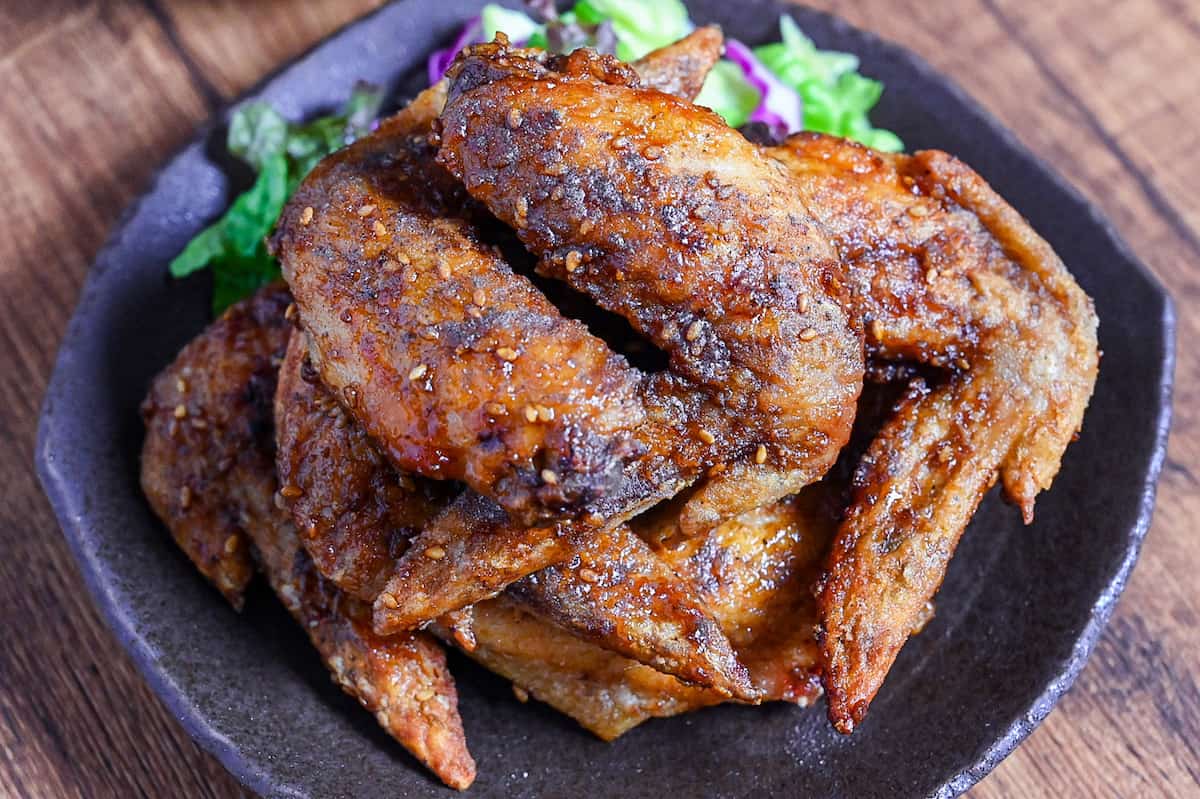

I have visited Nagoya many times. In the mid-1990’s, I went drinking with the bishop of Nagoya.
I lived in Tokyo (1956-1957 & 1959-1961) where I attended a Japanese kindergarten and 3rd & 4th grade at an international school.
Since the early 1980’s, I have frequently visited Tokyo. I have enjoyed visiting Sekai no Yamachan establishments many times in various neighborhoods of Tokyo.
This past summer, I met my nephew and his family in Nagoya for the July Grand Sumo Tournament. (I was saddened by the retirement of Akiseyama in September but enjoyed watching him win on the opening day of the July tournament.) We visited the original Yamachan in Sakae. Yamachan’s tebasaki are indeed a standout and frankly addictive.
Your recipe is simple and brings the delicious chicken wings to life for me half way around the globe.
Hi Tommy, thank you very much for sharing your experience! I’m also a fan of sumo and Yamachan, but somehow I’ve never been to Nagoya-basho or Yamachan Honten in Sakae even though I’ve been in Aichi for so long! I really should visit both.
Again, thank you very much for leaving a comment!
I have never been to Nagoya so i didnt know what to expect. But I tried this recipe today for lunch with my sisters family. It was a hit with the kids. The two things I did differently was that I omitted the sesame seeds as they don’t like that. And I air fried the wings instead of shallow fried them. These wings were super flavorful and delicious. Wonderful recipe and simple to make too.
Hi Ce,
Thank you for the comment and sharing your experience!
I’m glad it was a hit! 🙂
Yuto
Excellent